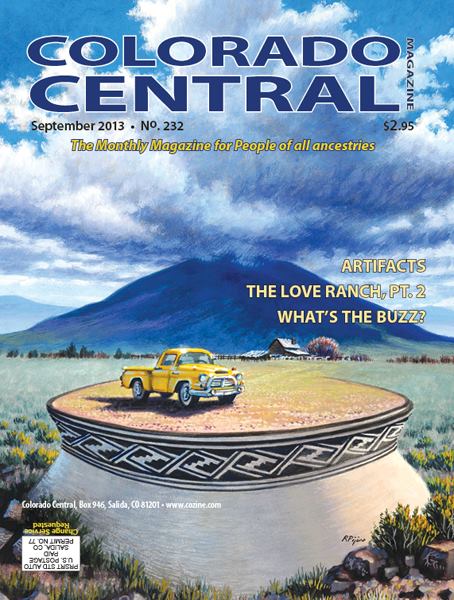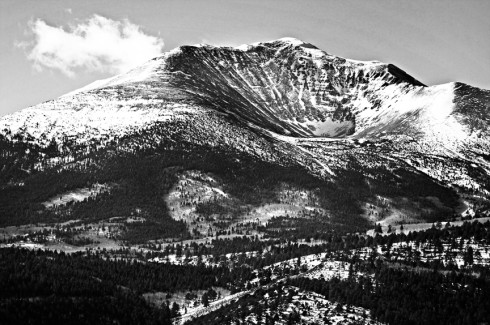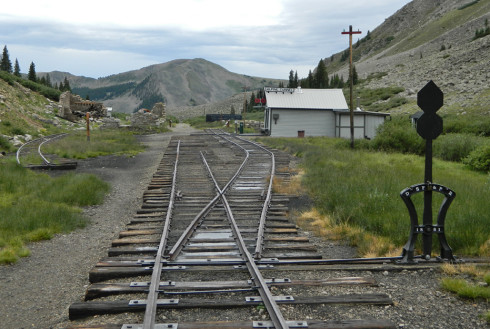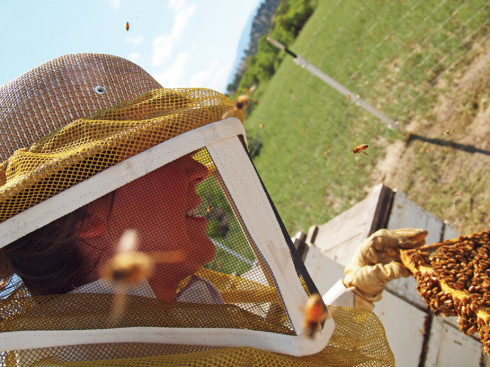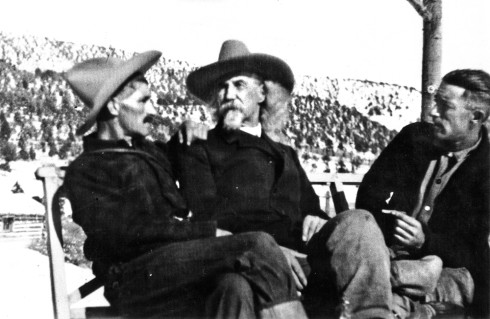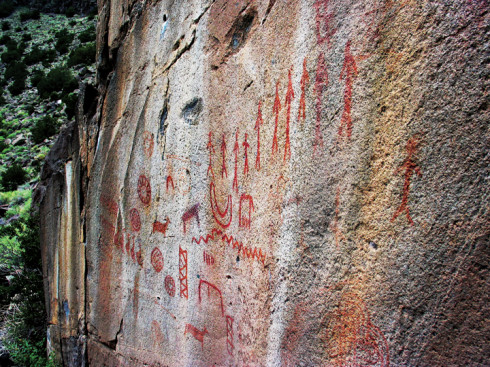Artist Randy Pijoan of Amalia, New Mexico is the founder of Ventero Open Press, an arts-based nonprofit located in the San Luis Valley of Colorado. Ventero is dedicated to the social and artistic development of the next generation of artists, with a focus on providing for youth who have little or no access to art materials, training or resources. Over the past six and a half years, Ventero Open Press has provided local students (grades K-12) with art supplies, artistic instruction and personal mentorship, filling a gap where traditional schooling is increasingly failing.

